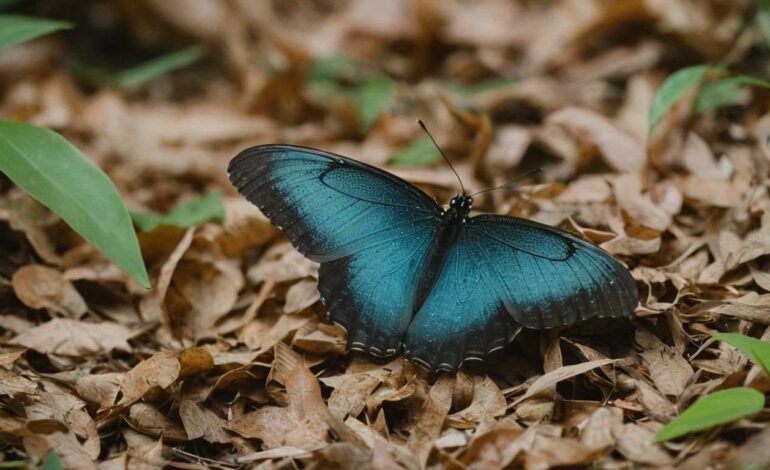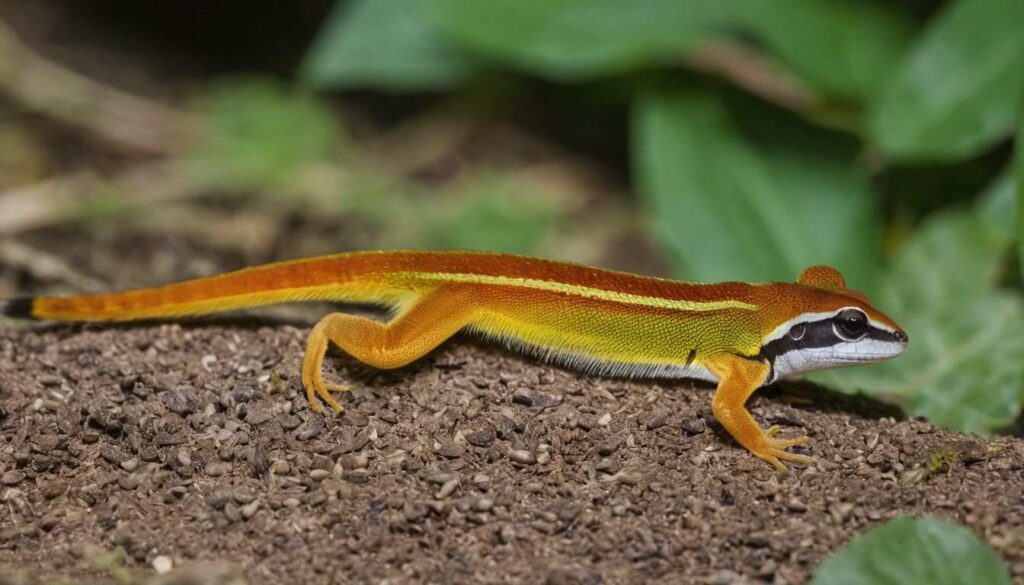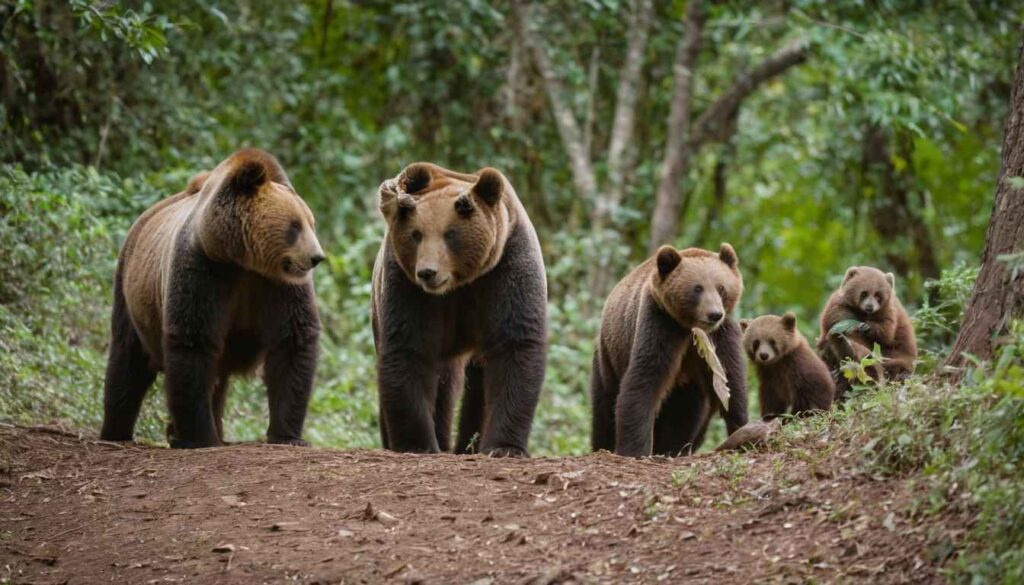
Hidden Gems of the Animal Kingdom: Explore Rare Species!
The natural world is home to countless species, each with its own unique characteristics and ecological roles. While many are familiar, some are incredibly rare, existing in limited habitats or facing significant threats. This blog explores some of these extraordinary creatures, shedding light on their uniqueness and the need to protect them.
What Makes a Species Rare?
Before diving into examples, it’s important to understand what makes a species rare. A species can be considered rare for several reasons:
- Limited Geographic Range: Found only in specific regions.
- Small Population Size: Few individuals remain.
- Specialized Habitat Requirements: Dependent on particular environmental conditions.
The Importance of Protecting Rare Species
Rare species play vital roles in their ecosystems. Losing even one species can disrupt entire food chains and ecosystems. Protecting them is essential for maintaining biodiversity, ensuring healthy ecosystems, and securing a balanced environment for future generations.

Some of the Rarest Species on Earth
1. Vaquita (Phocoena sinus)
- Location: Northern part of the Gulf of California, Mexico.
- Population: Fewer than 10 individuals left.
- Threats: Fishing nets, habitat destruction.
The vaquita, the smallest and rarest marine mammal, is critically endangered due to accidental bycatch in fishing nets. Conservation efforts are ongoing, but time is running out for this elusive species.
2. Kakapo (Strigops habroptilus)
- Location: New Zealand.
- Population: Around 250 individuals.
- Threats: Predation by introduced mammals, habitat loss.
This nocturnal, flightless parrot is unique in both appearance and behavior. With dedicated breeding programs, its population has slowly increased, offering hope for its survival.
3. Axolotl (Ambystoma mexicanum)
- Location: Lakes near Mexico City.
- Population: Wild populations are critically endangered.
- Threats: Urbanization, pollution, invasive species.
Known as the “walking fish,” the axolotl is a type of salamander famous for its ability to regenerate limbs. While popular in captivity, their wild populations are dwindling.
4. Pangolin
- Location: Africa and Asia.
- Population: Varies by species, all are critically endangered or vulnerable.
- Threats: Illegal wildlife trade, deforestation.
Often called the “scaly anteater,” pangolins are the most trafficked mammals in the world. Despite international bans, poaching remains a significant issue.
5. Saola (Pseudoryx nghetinhensis)
- Location: Annamite Mountains, Laos, and Vietnam.
- Population: Fewer than 100.
- Threats: Habitat loss, hunting.
Dubbed the “Asian unicorn,” the saola was only discovered in 1992. Sightings are rare, making it one of the most mysterious species in the world.
6. Amur Leopard (Panthera pardus orientalis)
- Location: Russia and China.
- Population: Approximately 120 individuals.
- Threats: Poaching, habitat loss.
The Amur leopard is the rarest big cat on the planet. Its stunning coat and adaptability make it a symbol of conservation efforts in Asia.
7. Javan Rhino (Rhinoceros sondaicus)
- Location: Ujung Kulon National Park, Indonesia.
- Population: Fewer than 80 individuals.
- Threats: Habitat encroachment, poaching.
Once widespread, the Javan rhino now survives in a single national park. Conservationists are working tirelessly to ensure its survival.
8. Shoebill (Balaeniceps rex)
- Location: Wetlands of East Africa.
- Population: Estimated at 3,000 to 5,000 individuals.
- Threats: Habitat destruction, human disturbance.
This prehistoric-looking bird is known for its enormous beak and patient hunting style. Despite its rarity, it remains a favorite among bird enthusiasts.
9. Blue Whale (Balaenoptera musculus)
- Location: Worldwide, in all oceans.
- Population: Approximately 10,000 to 25,000 individuals.
- Threats: Ship strikes, entanglement in fishing gear, noise pollution.
The blue whale, the largest animal on Earth, was nearly driven to extinction due to whaling. Conservation efforts have stabilized some populations, but they remain vulnerable.
10. Golden Bamboo Lemur (Hapalemur aureus)
- Location: Madagascar.
- Population: Fewer than 1,000 individuals.
- Threats: Habitat loss, illegal hunting.
This lemur is unique for its diet, which primarily consists of bamboo containing cyanide. Despite its ability to process this toxin, human activity threatens its survival.
Why Are Rare Species Important to Ecosystems?
Rare species often act as indicators of environmental health. They help maintain ecological balance and support the survival of other species. For instance:
- Pollination: Rare plants like orchids rely on specific pollinators.
- Predation Control: Apex predators like the Amur leopard regulate prey populations.
- Cultural Value: Many rare species are tied to local traditions and identities.

How Can We Protect Rare Species?
1. Habitat Conservation
Protecting and restoring habitats ensures species have a place to live and thrive. National parks, wildlife reserves, and marine protected areas are crucial for safeguarding these environments.
2. Fighting Illegal Trade
Stronger enforcement of anti-poaching laws and international agreements like CITES can reduce the illegal wildlife trade.
3. Community Engagement
Educating local communities about the value of rare species fosters coexistence and reduces human-wildlife conflict.
4. Supporting Conservation Programs
Organizations like WWF and IUCN play pivotal roles in protecting rare species. Donations and volunteer efforts can make a significant impact.
5. Sustainable Practices
Reducing deforestation, pollution, and overfishing benefits all species, not just rare ones. Supporting sustainable products and practices is key.
The Role of Technology in Conservation
1. Satellite Tracking
Tracking animals like the blue whale helps researchers understand migration patterns and identify critical habitats.
2. Genetic Studies
Studying the DNA of species like the kakapo aids in breeding programs and genetic diversity preservation.
3. Artificial Intelligence (AI)
AI tools are used to monitor poaching activities and analyze ecological data, making conservation efforts more efficient.
Conclusion
Rare species are a testament to the planet’s incredible diversity. Their survival depends on collective efforts from governments and organizations to individuals. By learning about and supporting conservation initiatives, we can ensure that future generations witness the beauty of these remarkable creatures.








